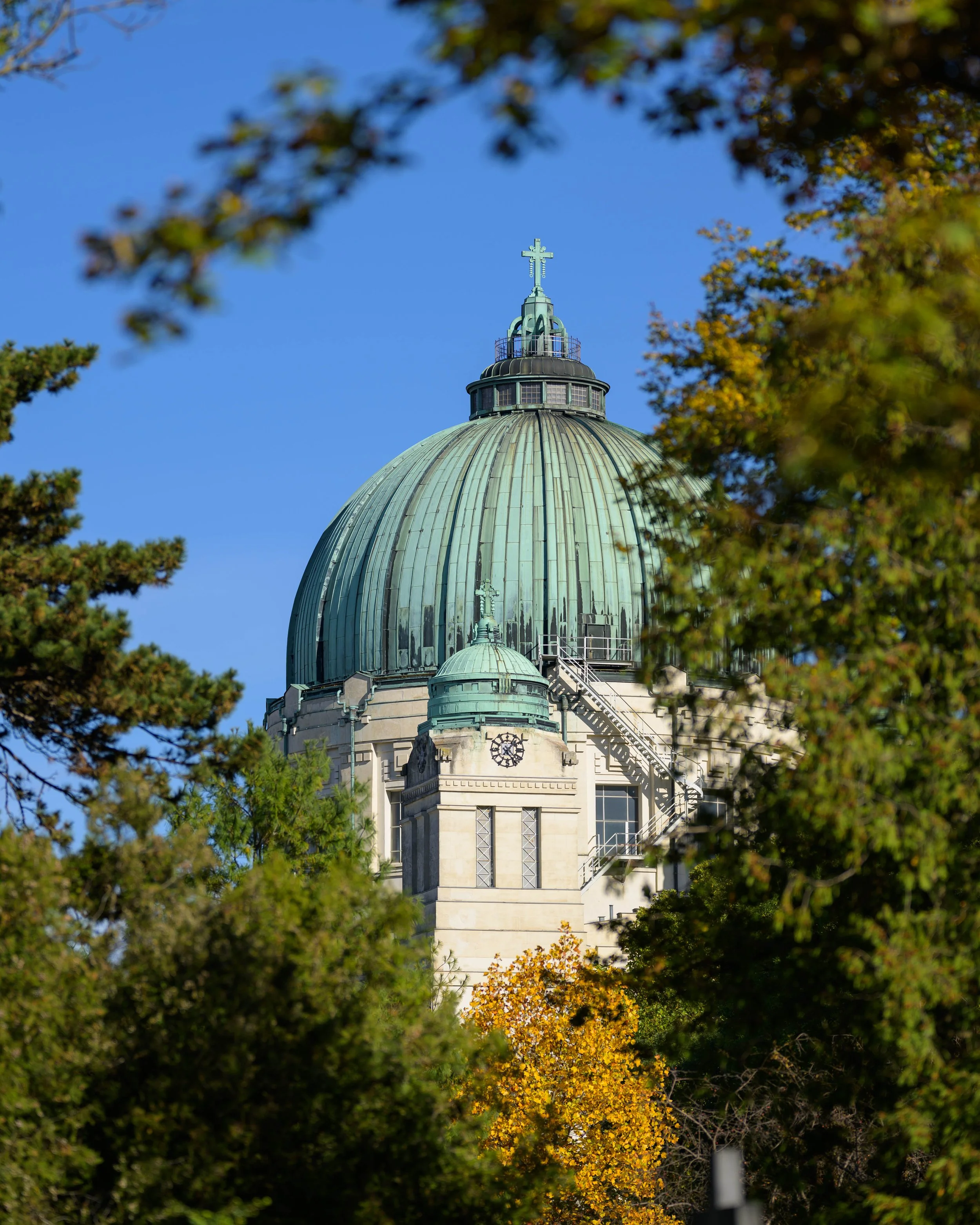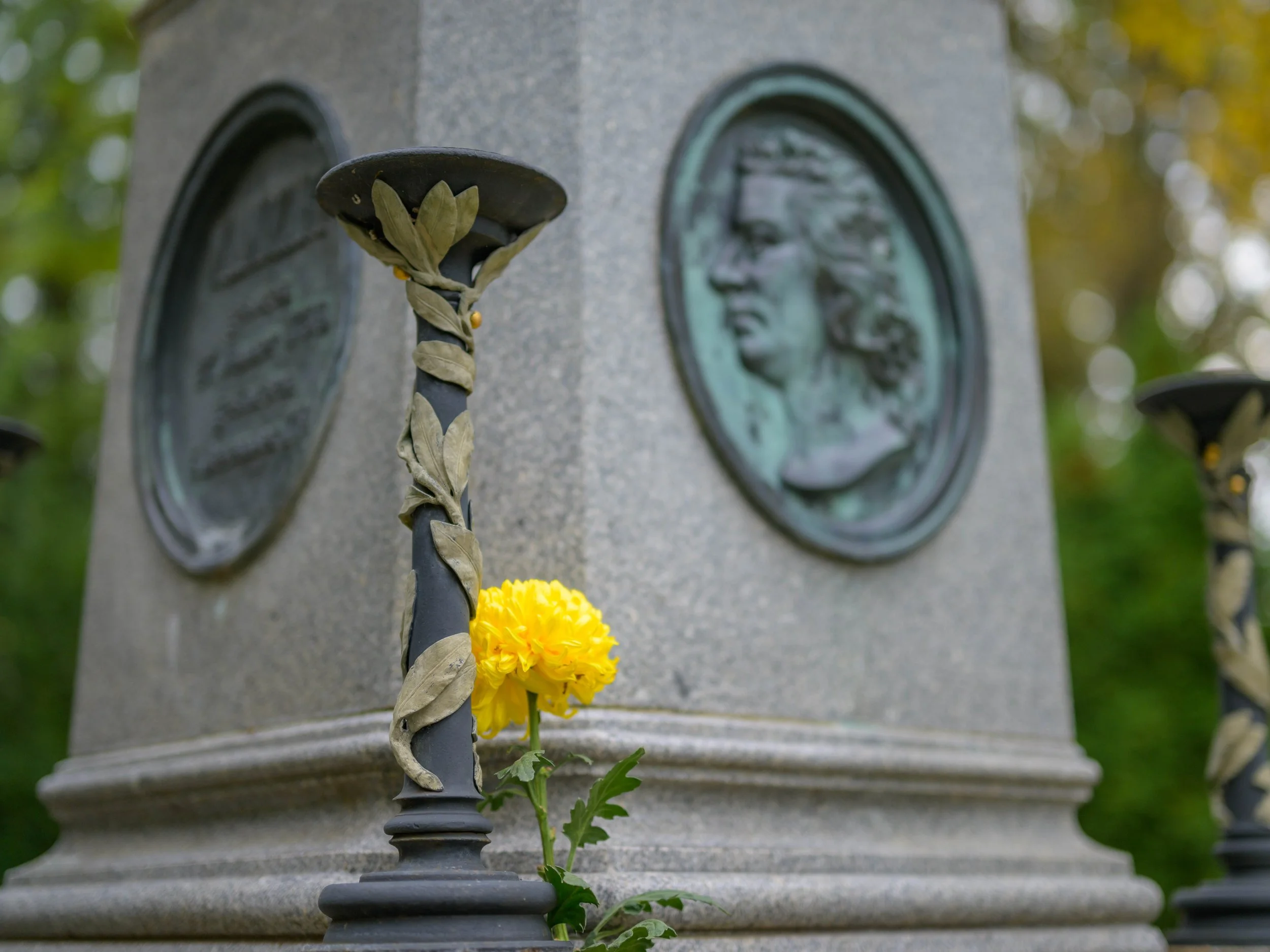Zentralfriedhof — A Photo Walk through Vienna’s Quiet Avenues
A cemetery can be loud with memory. On a recent afternoon I walked the Zentralfriedhof seeking quiet compositions: the geometry of alleys, the worn hands of carved stone, a carriage passing like a living punctuation. These images are less about mourning and more about how a city keeps its histories visible — in architecture, in names, in small gestures observed between monuments.
Old Jewish section, Zentralfriedhof
A brief guide to the Zentralfriedhof
Opened in 1874 and one of Europe’s largest cemeteries, the Zentralfriedhof stretches well outside Vienna’s historic core and contains a remarkable mix of styles and eras. You move from wide, tree-lined avenues and neoclassical chapels to intimate family plots and ornate mausoleums. The cemetery is a cultural map as much as a burial ground: military sections sit near artistic ones; secular memorials stand beside chapels; modern gravestones neighbor 19th-century sculpture.
Practical notes for visitors: wear shoes suited for gravel and stone paths, allow time for slow walking, and bring a lens for both wide views and close textures.
An alley that invites a slow step and a long look.
This vertical alley framed the afternoon for me: compressed perspective, repeating stones and a rhythm of light that invited a slower pace. It is the kind of place where the frame becomes a path rather than a view.
A cupola rising above the avenues, a marker of architecture and time.
The Friedhofskirche zum Heiligen Karl Borromäus (often called the Luegerkirche) sits near Gate 2 of the Zentralfriedhof and was built 1908–1911 to a design by Max Hegele. An important Jugendstil (Art Nouveau) funerary building with links to the reformist Viennese school, its dominant cupola and arcades form a visual anchor for the cemetery’s long avenues. The church was rededicated after the death of mayor Karl Lueger and became known for his visible crypt, which adds a civic‑memorial layer to its religious function.
The cemetery’s chapels and cupolas act as visual anchors across long vistas. I corrected a slight keystone perspective to restore geometry and to keep the cupola as a calm, structural counterpoint to the more intimate images that follow.
Johann Strauss Sohn — carved ornaments and a city’s dance memory.
A gilded trace of waltzes and city nights. The Strauss Sohn tomb bears the decorative flourishes of late 19th-century memorial sculpture and reminded me how the music of a city can be written into its stones.
Mozart — an inscription that invites a melodic thought.
Mozart’s memorial here is not the composer’s original resting place but a focal point for visitors seeking a tactile connection to a name that shaped Vienna’s soundscape. In both details the stonework and inscriptions act like musical notation: small marks that cue imagination.
A fiaker passes — a living beat within the cemetery’s long pause.
Seeing a fiaker pass through the Zentralfriedhof felt like a brief human counterpoint to stilled monuments. Fiakers are part tour, part theatrical gesture; in a setting of remembrance they read as fleeting actors on a stage of permanence.
Short note on fiakers: historically a fixture of Viennese city life, the fiaker remains a visible link to older urban rhythms. In the cemetery their clip-clop reads as a small, moving punctuation between stone and sky.











